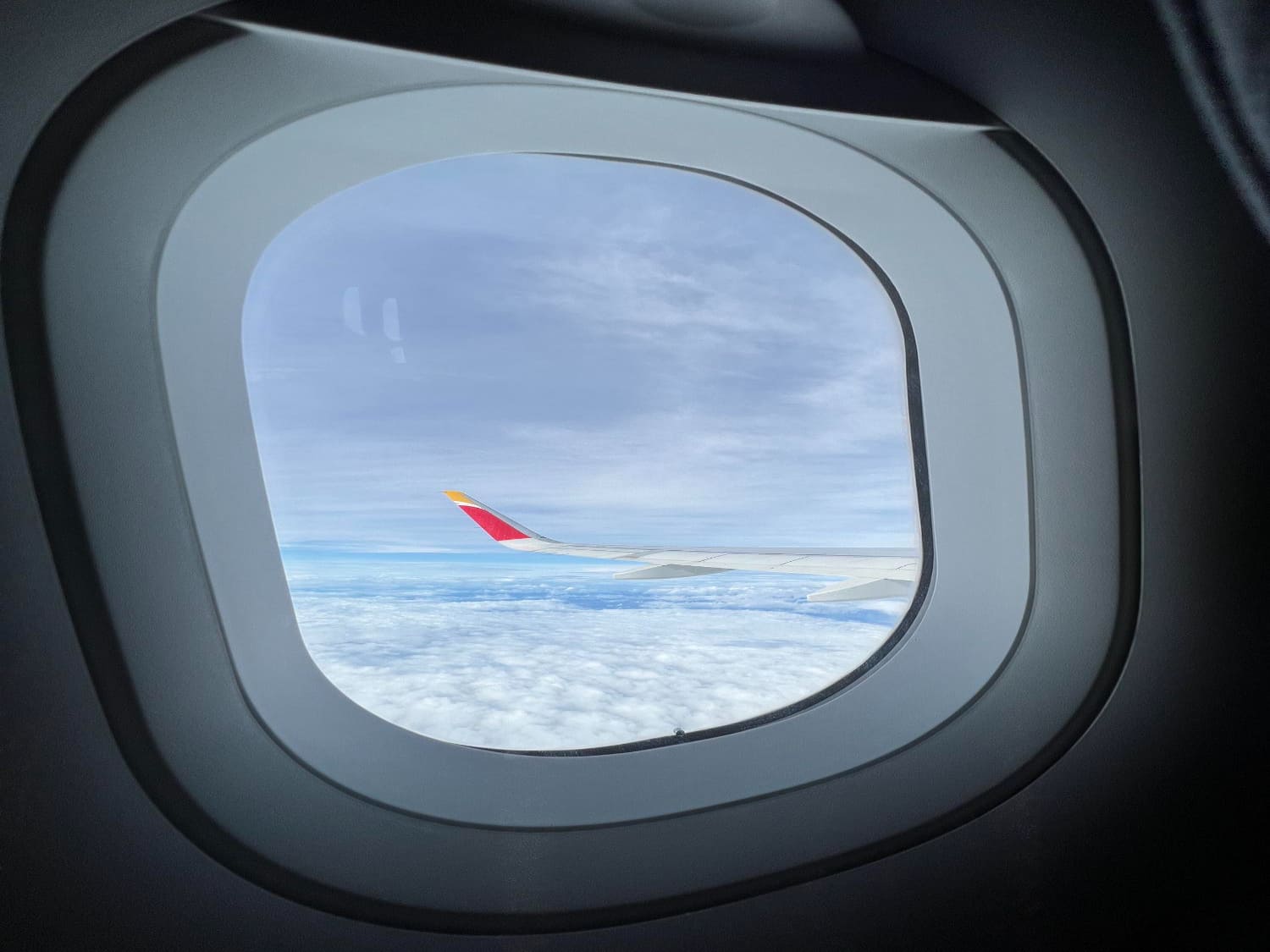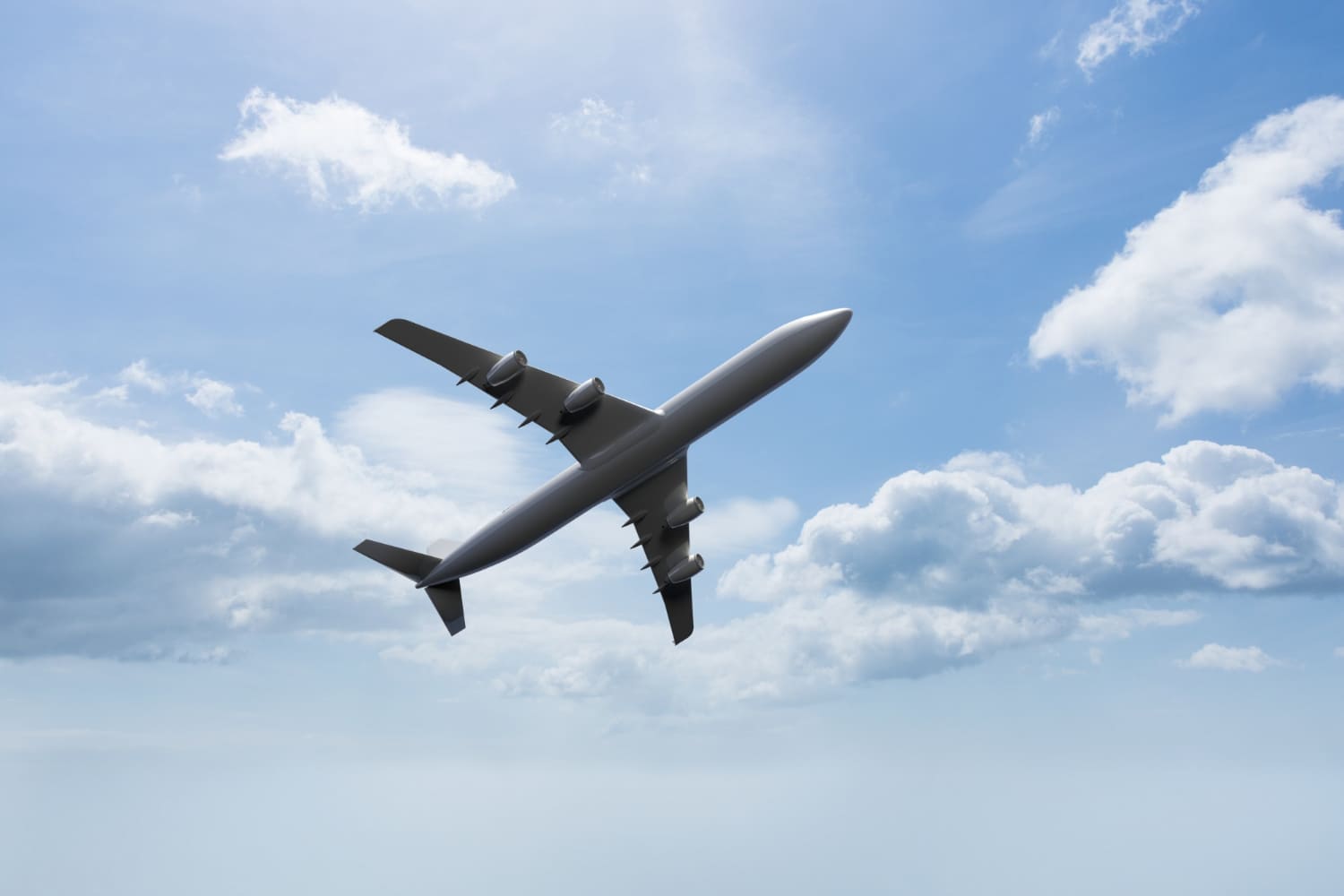Introduction: The Magic of Flight Explained for Pilots
Flying has always been one of humanity’s greatest achievements. However, for many, it remains a mystery how a massive airplane can lift off and stay in the air. For a pilot, understanding this phenomenon is not just a curiosity—it is a fundamental part of training.
At EAS Barcelona, future pilots learn to combine theory and practice to master every aspect of flight. Understanding aerodynamic forces helps pilots anticipate how the aircraft will behave in different situations and make precise decisions in the cockpit.
This article will clearly and practically explain why planes fly, covering the essential principles of aerodynamics and their real-world application in piloting.
The Four Forces of Flight and How They Interact
For an aircraft to fly, there must be a balance between four main forces: lift, weight, thrust, and drag.
- Lift: The force that keeps the plane in the air, generated mainly by the wings. The pressure difference between the upper and lower wing surfaces creates this force.
- Weight: The force of gravity pulling the aircraft down. For sustained flight, lift must be equal to or greater than weight.
- Thrust: The force generated by the engines that moves the aircraft forward to overcome drag.
- Drag: The resistance caused by air friction opposing the aircraft’s movement. Planes are designed to minimize drag for better efficiency.
During each phase of flight, the pilot must manage these forces by adjusting speed, wing configuration, and the aircraft’s angle of attack.
The Secret of Lift: How a Wing Generates Elevation
Lift is the key to understanding why planes fly. This phenomenon is based on two fundamental principles of physics.
Bernoulli’s Principle
The physicist Daniel Bernoulli demonstrated that when the speed of a fluid increases, its pressure decreases. In aviation, this principle applies as follows:
- Air moving over the top of the wing travels faster than the air below.
- This difference in speed creates lower pressure on the top and higher pressure underneath.
- The pressure difference generates an upward force that keeps the airplane in flight—this is lift.

Newton’s Third Law
Isaac Newton stated that for every action, there is an equal and opposite reaction. In an airplane:
- Air flowing beneath the wing is deflected downward.
- This action creates an opposite reaction, pushing the wing upward and contributing to lift.
How Pilots Control Lift During Flight
Lift is not a fixed value; it depends on speed, angle of attack, and wing configuration. Pilots must manage these factors at every stage of flight.
- During takeoff, lift must increase quickly. To achieve this, the angle of attack is raised, and flaps and slats are extended to modify the wing shape, generating more lift at low speeds.
- During cruising flight, lift and weight remain balanced. The pilot maintains an optimal speed and altitude to minimize drag and maximize fuel efficiency.
- During landing, lift must be reduced gradually. Flaps are deployed again, increasing drag and allowing the aircraft to descend smoothly and safely.
For more insights on related topics, check out other articles from EAS Barcelona, such as how fast planes fly and at what altitude planes fly.
What Happens If an Airplane Loses Lift?
If lift is lost, the aircraft enters a condition known as stall. This occurs when the angle of attack is too high, causing the airflow over the wing to break down, leading to a sudden loss of lift.
Pilots must know how to identify and recover from a stall using specific procedures:
- Reduce the angle of attack by lowering the aircraft’s nose.
- Increase speed by applying more engine power.
- Regain control of the aircraft, avoiding abrupt movements that could worsen the situation.
At EAS Barcelona, students practice these scenarios in both simulators and real training flights to develop the skills needed to handle emergencies safely and effectively.
Real-World Application: Learning to Fly at EAS Barcelona
At EAS Barcelona, aerodynamics is not just a theoretical subject. Students experience these principles firsthand during every training flight, applying their knowledge to real-life situations.
From the first lessons, they learn to feel and control lift, adjusting the aircraft’s attitude and speed for each maneuver. As their training progresses, they face more complex situations, such as stall recovery, crosswind landings, and altitude and speed management in different flight phases.
These skills are essential for any pilot aiming to operate safely and efficiently in a professional environment.
Conclusion: Mastering Aerodynamics to Become a Better Pilot
Understanding why planes fly is crucial for any future pilot. It is not just a theoretical concept but a fundamental factor that influences every decision made in the cockpit.
At EAS Barcelona, the combination of theory and practice allows students to master these principles and apply them effectively in every flight. This not only improves flight safety and confidence but also prepares them for any challenges they may face in their professional careers.
For those who dream of becoming pilots, understanding and managing lift is the first step toward safe and efficient flight.
